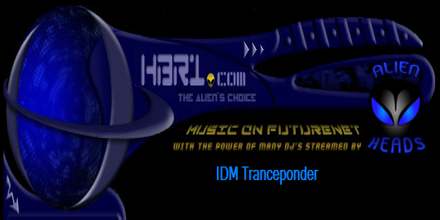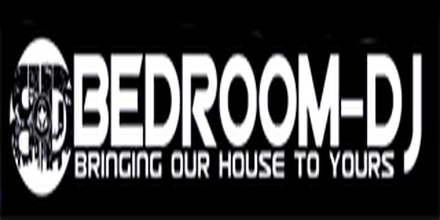Trance is an electronic dance music (EDM) genre that emerged in the early 1990s, characterized by its repetitive melodic phrases and a steady, driving rhythm typically set between 125 to 150 beats per minute (bpm). The genre's name is derived from the trance-like state of consciousness listeners often experience due to the music's hypnotic nature. Trance music is known for its layered melodies, intricate chord progressions, and a build-up-and-release structure that creates a sense of tension and release.
One of the defining features of trance is its use of synthesizers to create ethereal, otherworldly sounds. These synths often play arpeggiated patterns or long, sweeping chords that evolve over time, adding depth and complexity to the music. The basslines in trance are usually simple but powerful, providing a solid foundation for the melodic elements. Drum patterns are typically four-on-the-floor, with a prominent kick drum on every beat and hi-hats or other percussion instruments adding rhythmic interest.
Trance music often incorporates elements from various musical styles, including classical, ambient, and techno. The genre has several sub-genres, each with its unique characteristics. Goa trance, for example, is known for its fast tempo (often exceeding 150 bpm) and psychedelic influences, while progressive trance features longer build-ups and more complex arrangements. Uplifting trance, on the other hand, is characterized by its emotional, anthemic melodies and positive lyrics.
Trance music has a dedicated global following and is often played at large-scale electronic dance music festivals and events. DJs and producers in this genre are known for their ability to create seamless mixes that keep dancers moving on the floor for hours. Some of the most famous trance artists include Armin van Buuren, Tiësto, Paul van Dyk, and Above & Beyond.
The production process for trance music involves a combination of hardware synthesizers, software plugins, and digital audio workstations (DAWs). Producers often use a variety of sound design techniques to create unique textures and sounds, such as frequency modulation, granular synthesis, and sample manipulation. The arrangement of a trance track typically follows a specific structure, with an introduction that sets the mood, a build-up section that increases tension, a breakdown that releases that tension, and a climax that features the track's main melody.
Trance music has evolved significantly since its inception, incorporating new technologies and influences along the way. Today, it continues to be a vibrant and innovative genre, with artists constantly pushing the boundaries of what is possible in electronic music. Whether you're listening to classic trance tracks from the 1990s or exploring the latest releases from up-and-coming producers, there's always something new and exciting to discover in this captivating musical landscape.
 Germany Trance
Germany Trance 2.9k
Germany Trance 192 kbps MP3
2.9k
Germany Trance 192 kbps MP3

 1
1





































